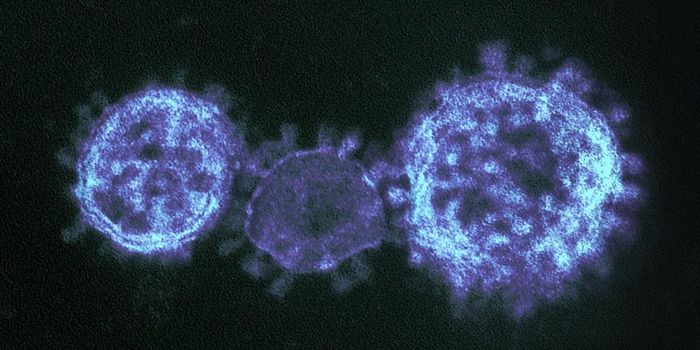Learning More About Toxoplasmosis
According to the Centers for Disease Control and Prevention, toxoplasmosis, which is caused by a parasite called Toxoplasma gondii (T. gondii) is the leading cause of death from foodborne illnesses in the US. The parasite can also be transmitted in contaminated soil or water, and cats can spread it. Around a third of the global population, including 40 million Americans, are thought to be infected. The immune systems of many people can fight the parasite, so few have symptoms, but individuals with compromised immune systems are vulnerable, and pregnant women who become infected can pass the parasite to their unborn child. Those children can suffer severe consequences.
Professor and researcher Maritza Jaramillo is studying T. gondii. "I am passionate about studying how this parasite survives within the host because it is extremely adaptable and resilient. It can colonize approximately 350 host species, infect almost every type of nucleated cell, and has a whole arsenal of weapons," she said. "I'm like a kid in a candy store--there's so much to discover!"
Jaramillo and her team want to know more about how the parasite moves from pregnant women to their fetus, using the placenta. This causes congenital toxoplasmosis, which can lead to miscarriage or premature birth, as well as birth defects including mental retardation, blindness, and hydrocephalus. There are no vaccines that can prevent this transmission, and the drugs that are currently available also carry a risk of birth defects. Ninety percent of women of childbearing age are thought to be at risk.
"The rate of T. gondii infection is very high in some South American, African, and European countries," said Jaramillo. "In Canada's far north, especially among First Nations communities, the prevalence of the infection has reached 60 percent which is largely attributed to the consumption of infected raw meat from terrestrial and sea mammals."
When a T. gondii infection occurs, it seems to disrupt the synthesis of proteins from RNA in the host, and leads to problems with the functions of placental cells called trophoblasts. These cells are critical to the development of the fetus.
"Several research groups are studying how gene expression is altered due to aberrant synthesis of RNA from DNA in T. gondii-infected cells. What interests us is what happens next, i.e., defects in the stability and translation of RNA that lead to inadequate protein production," explained Jaramillo. "We're focusing on RNAs that encode proteins involved in the metabolic activity and inflammatory responses of infected cells because changes in these processes may play an important role in the pathogenesis of congenital toxoplasmosis."
Jaramillo’s team plans to use placental samples obtained from pregnant women that carry the parasite as well as cells that are infected in the laboratory to reveal how the cells are altered by the parasite. They are hopeful that the insight they gain will lead to better preventative treatments so stop the parasite from infecting fetuses. Their research has now been funded by a $700,000 grant.
"These valuable resources will help us validate our in vitro results and directly assess the implications of these discoveries in a clinical setting," said Jaramillo.
"I come from Colombia, a very disadvantaged developing country. So as a South American and a woman, I have a vested interest in improving the health of people in my country and especially the most vulnerable populations such as women and children," concluded Jaramillo.
Sources: AAAS/Eurekalert! via Institut national de la recherche scientifique (INRS)









